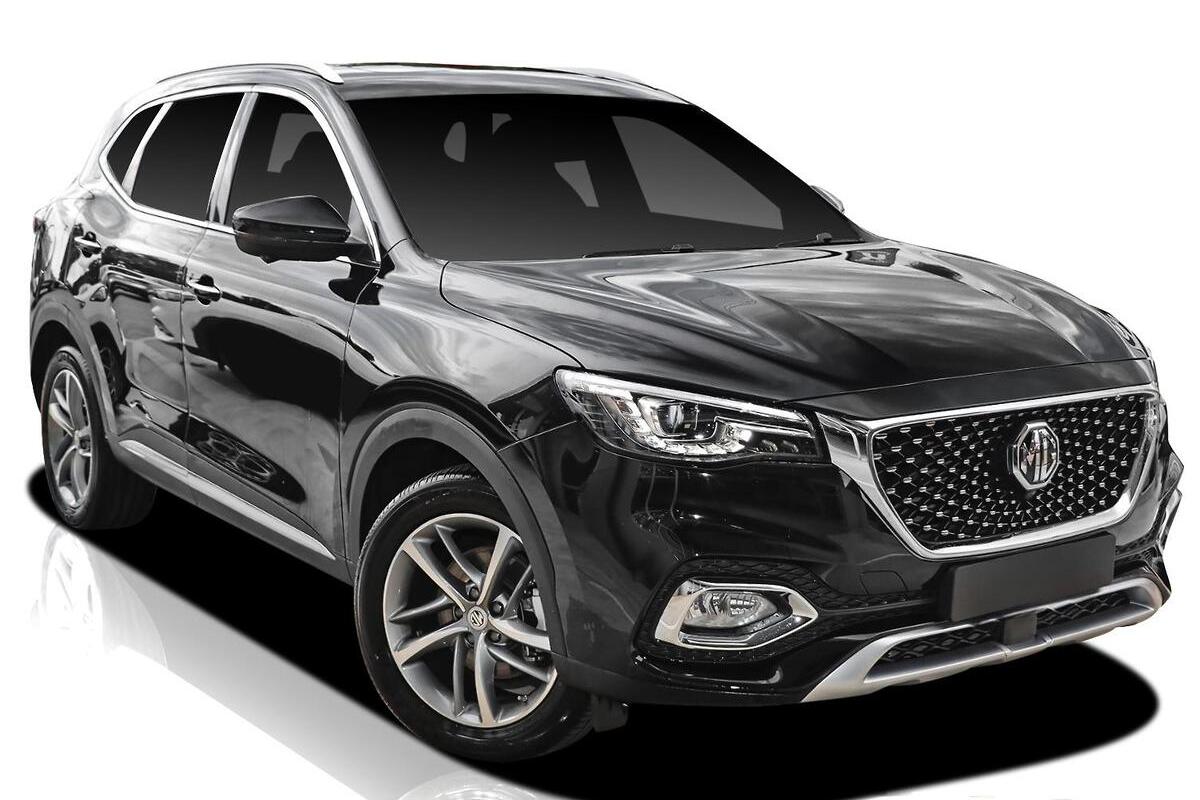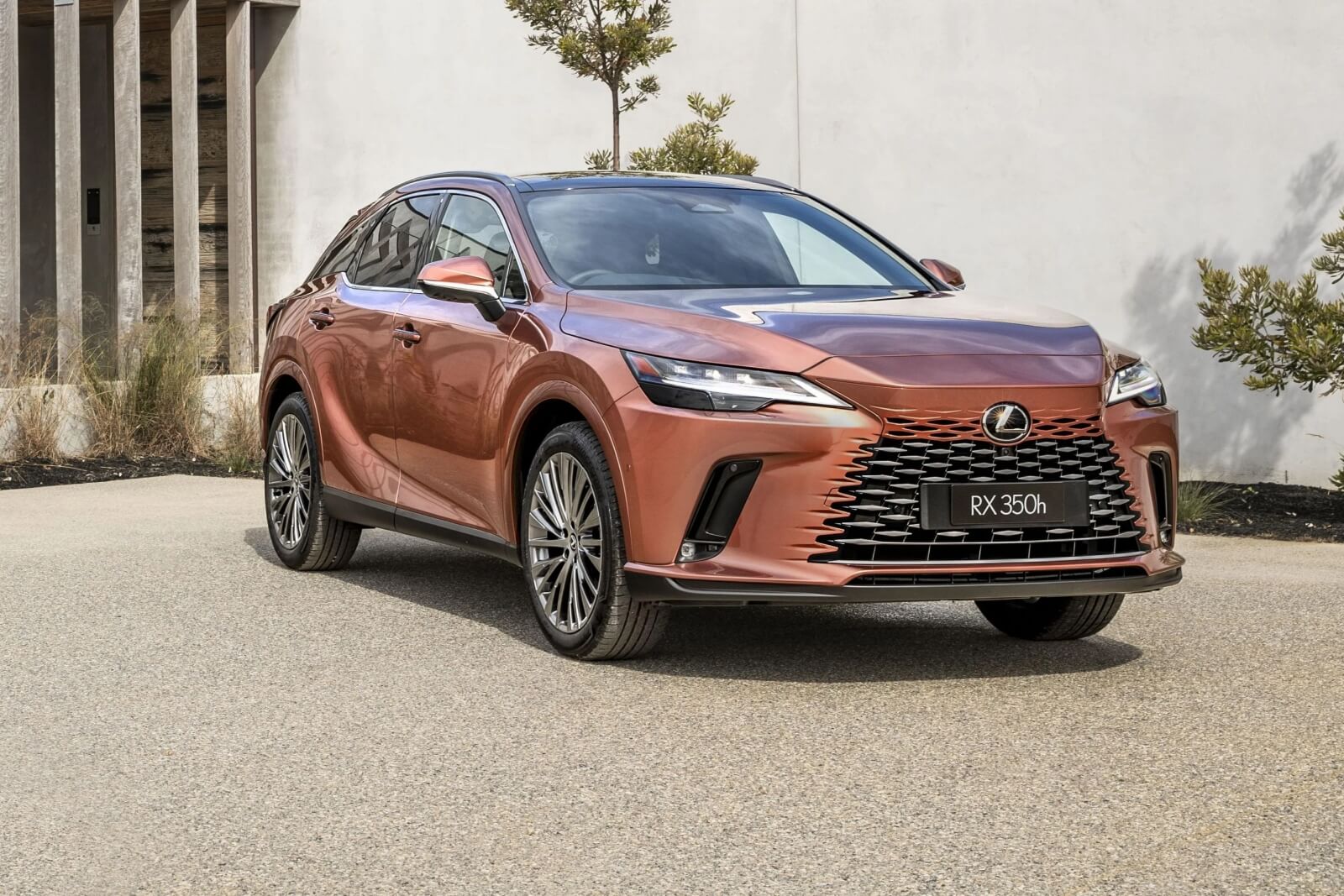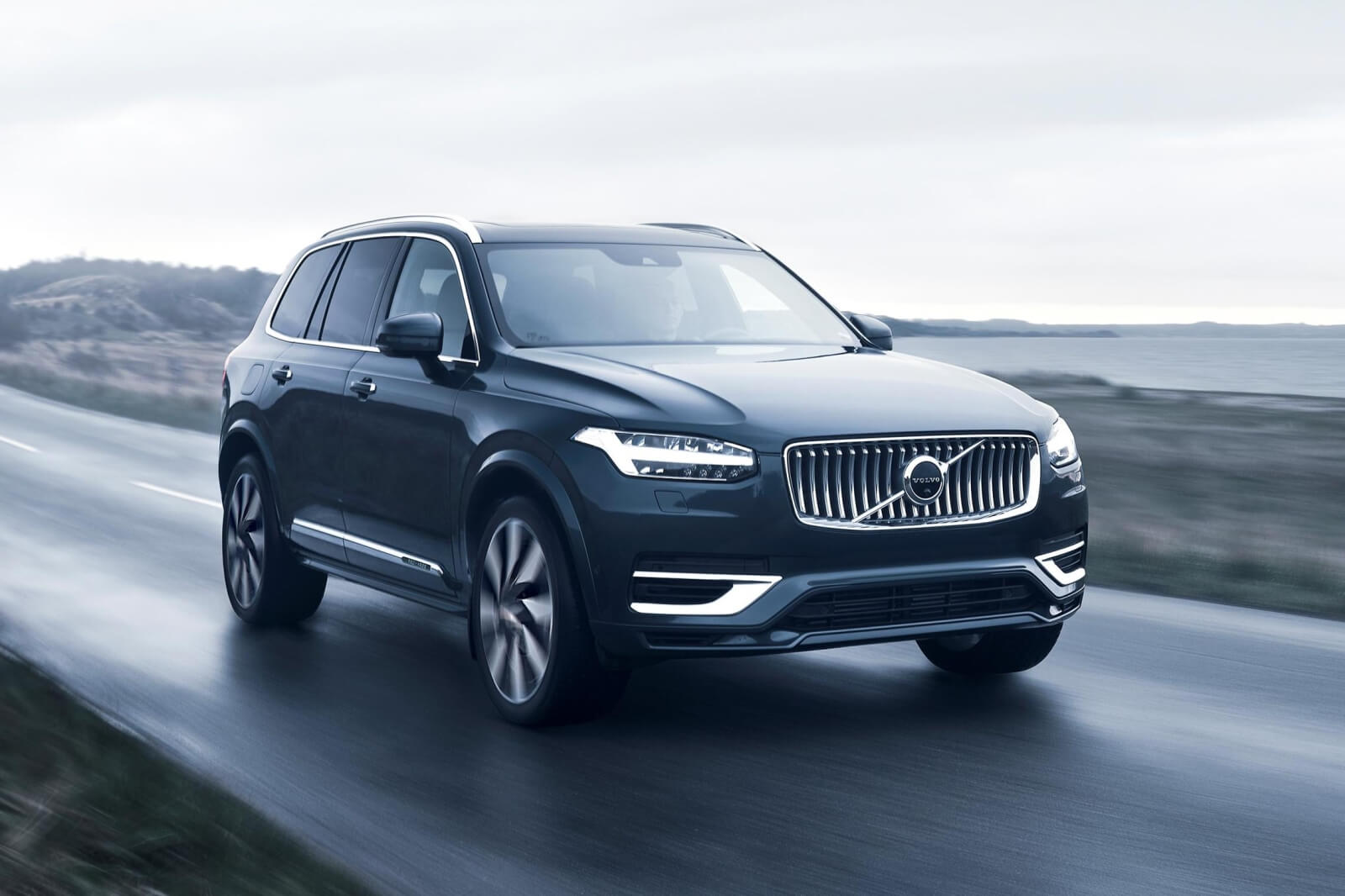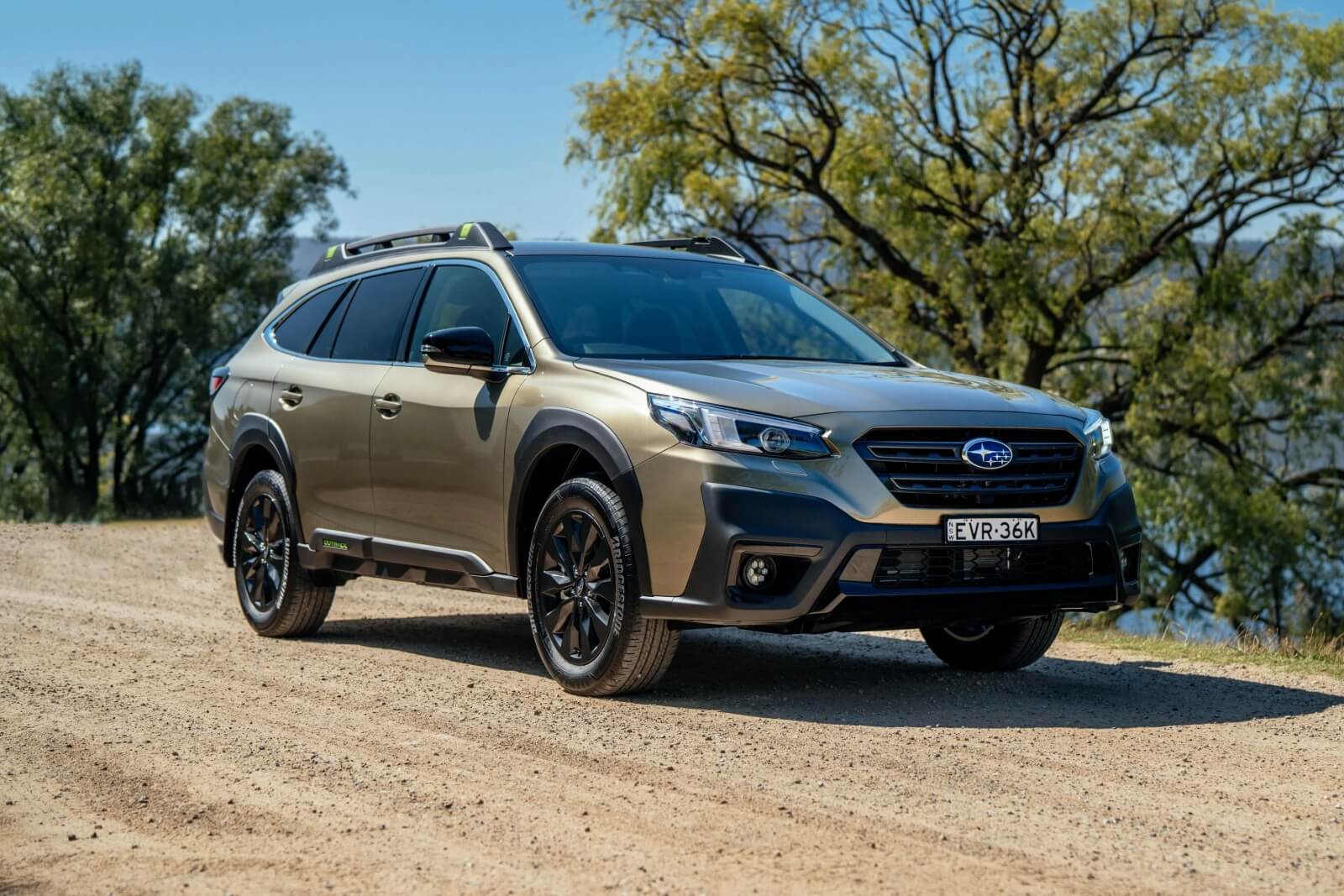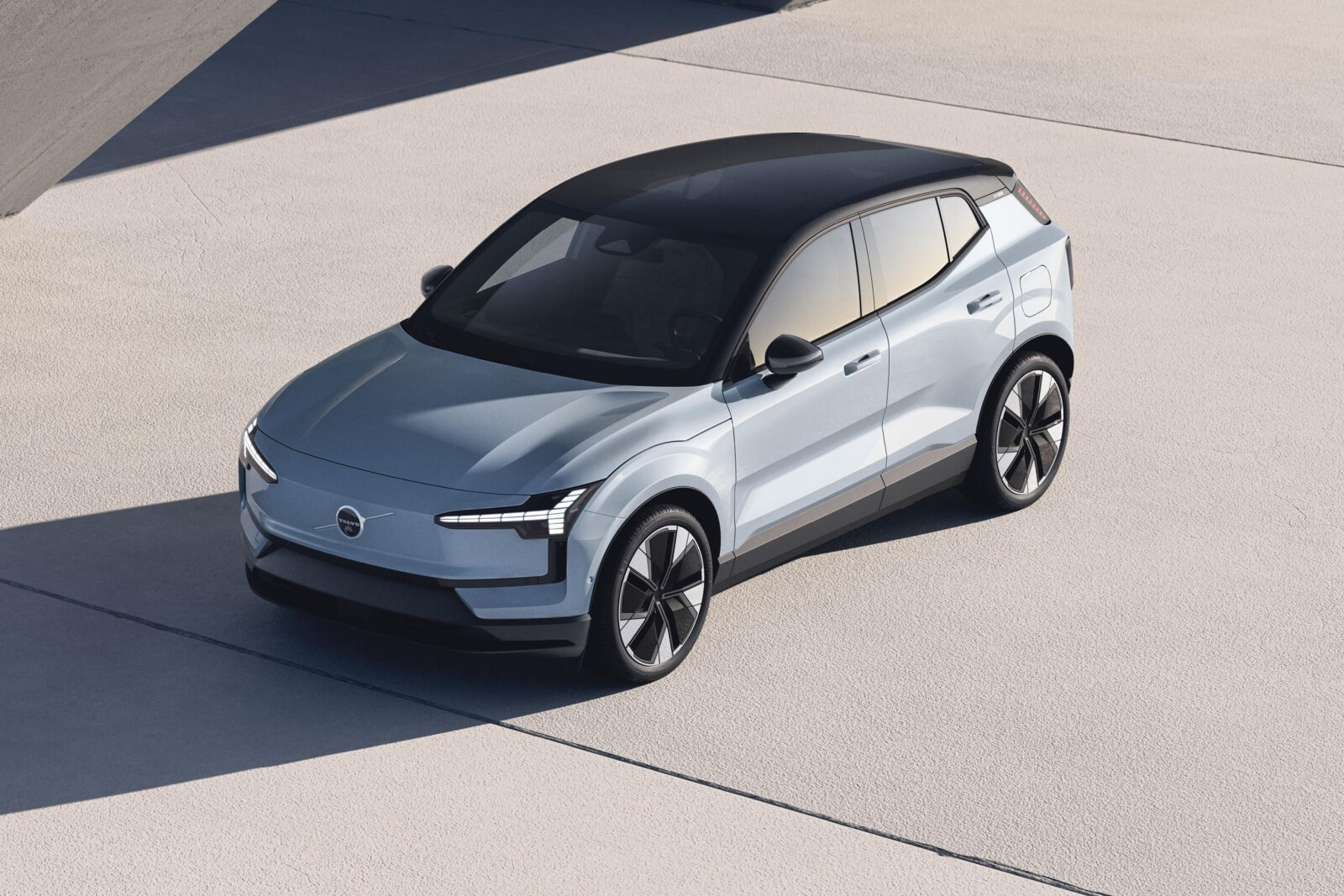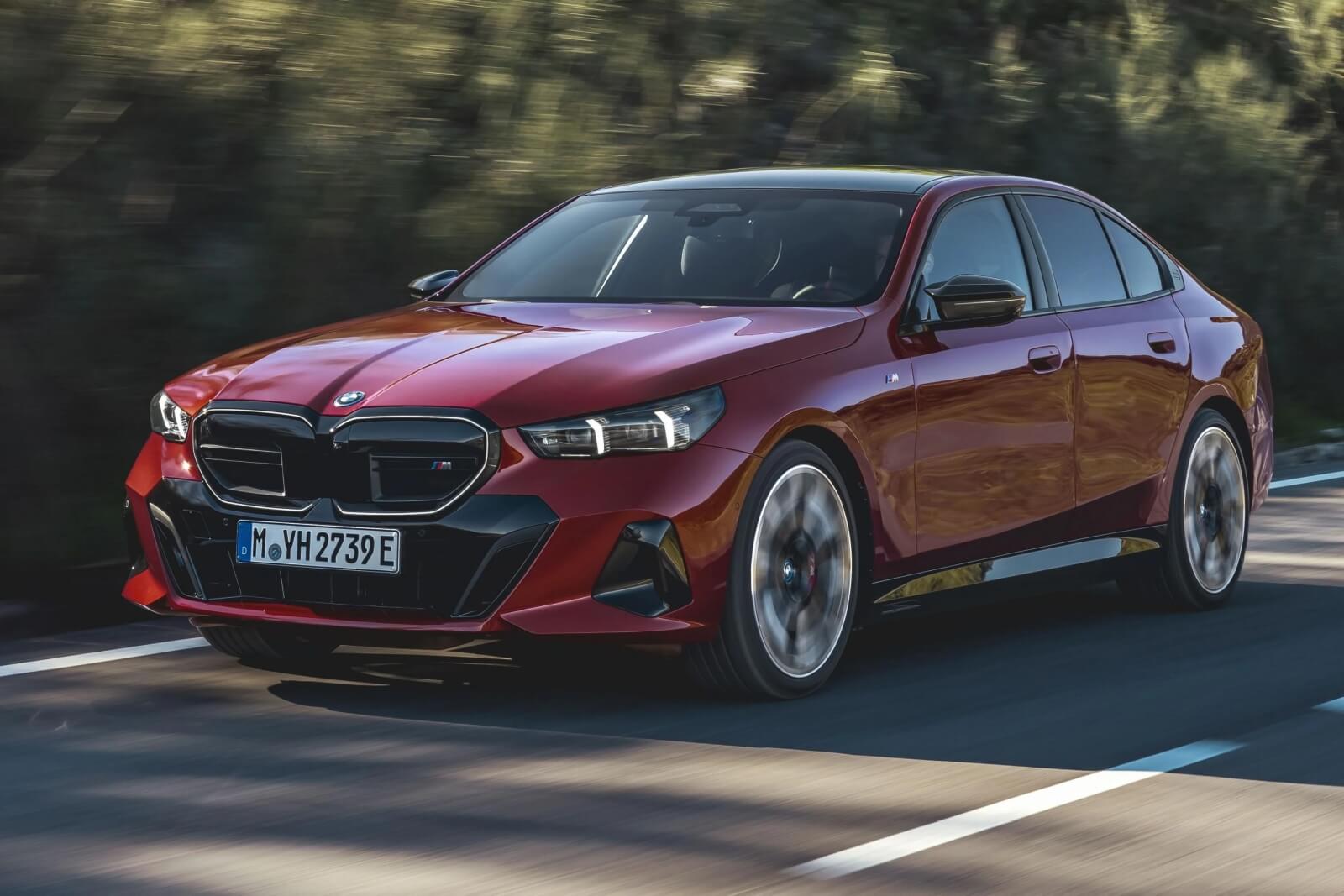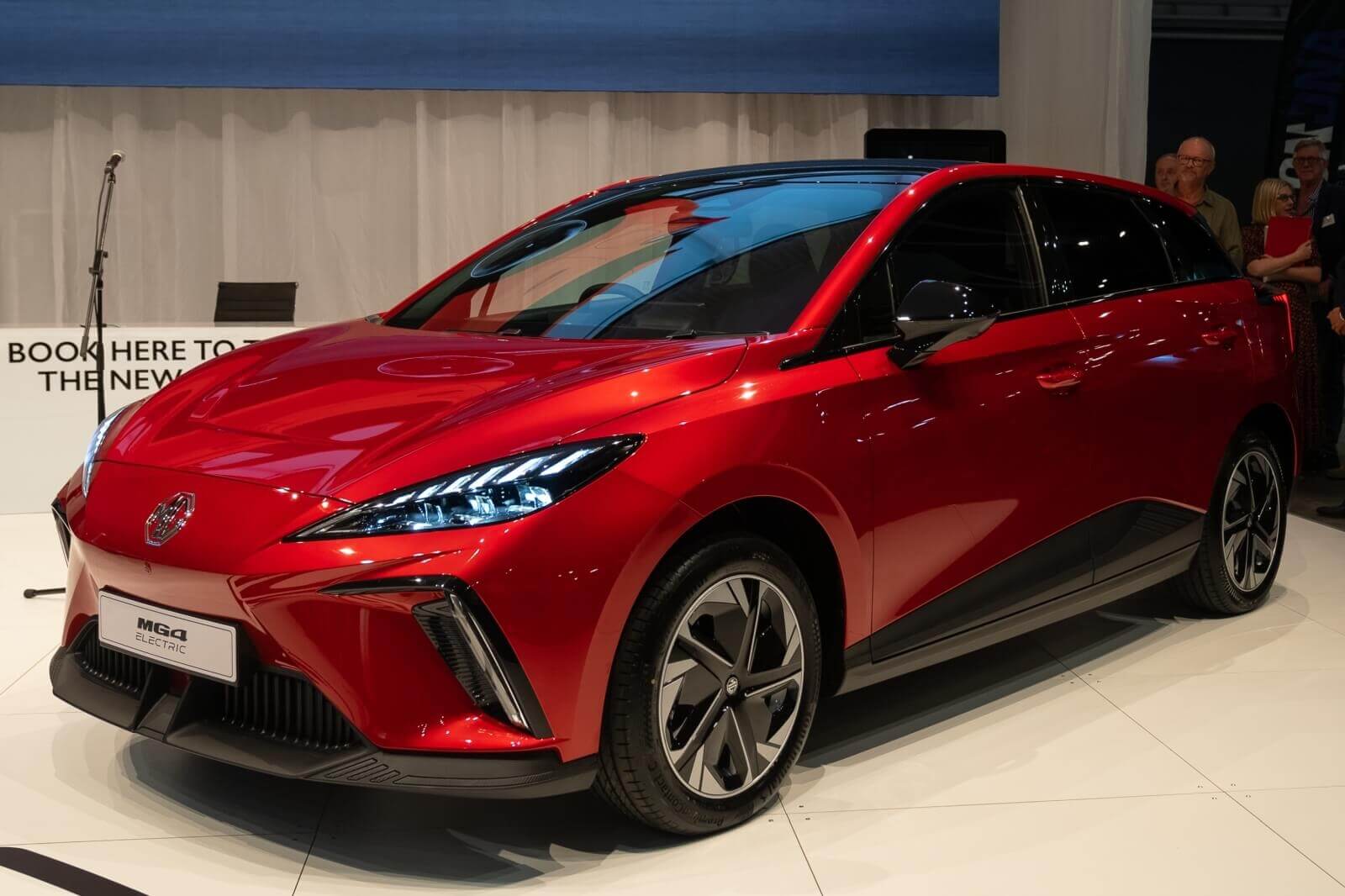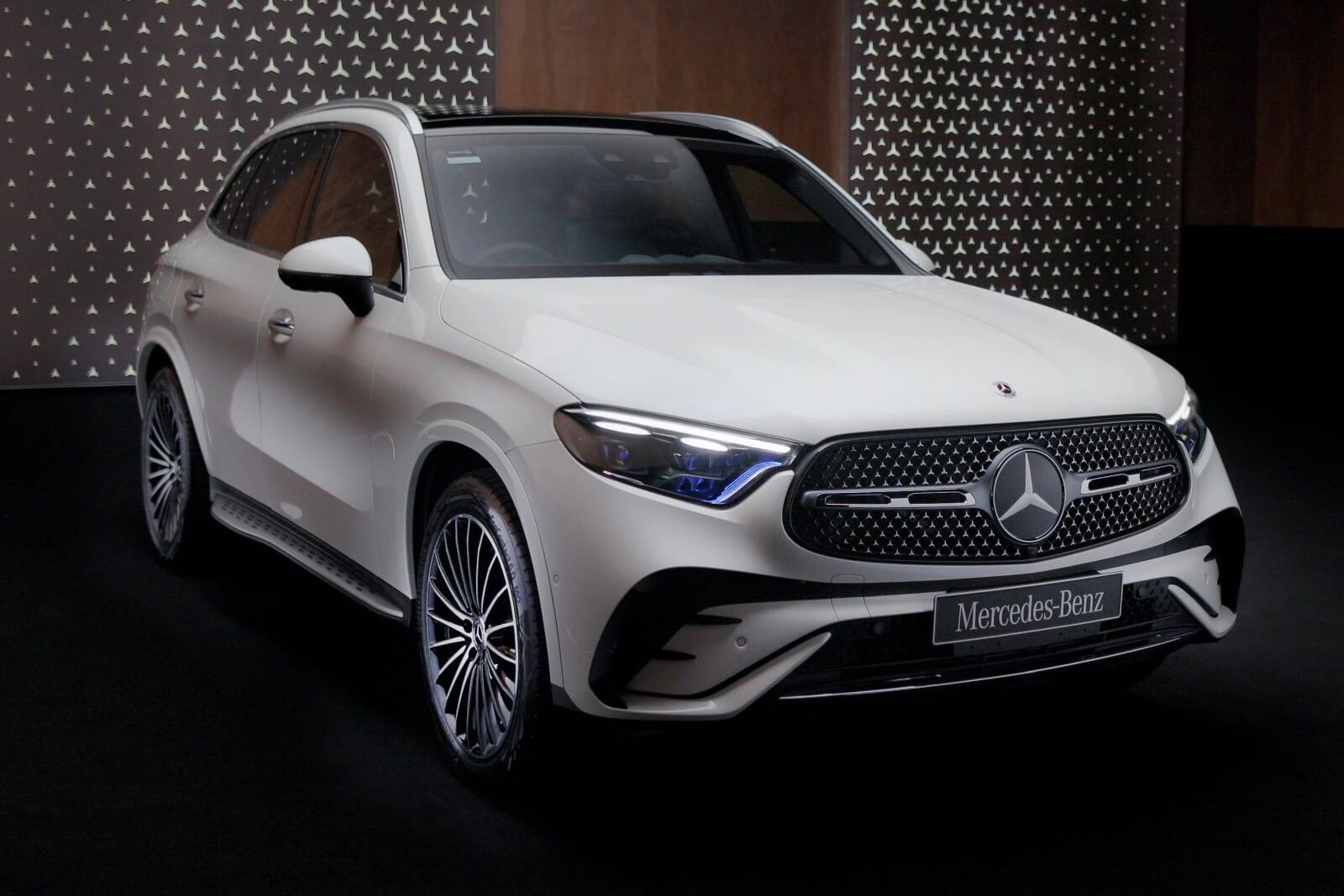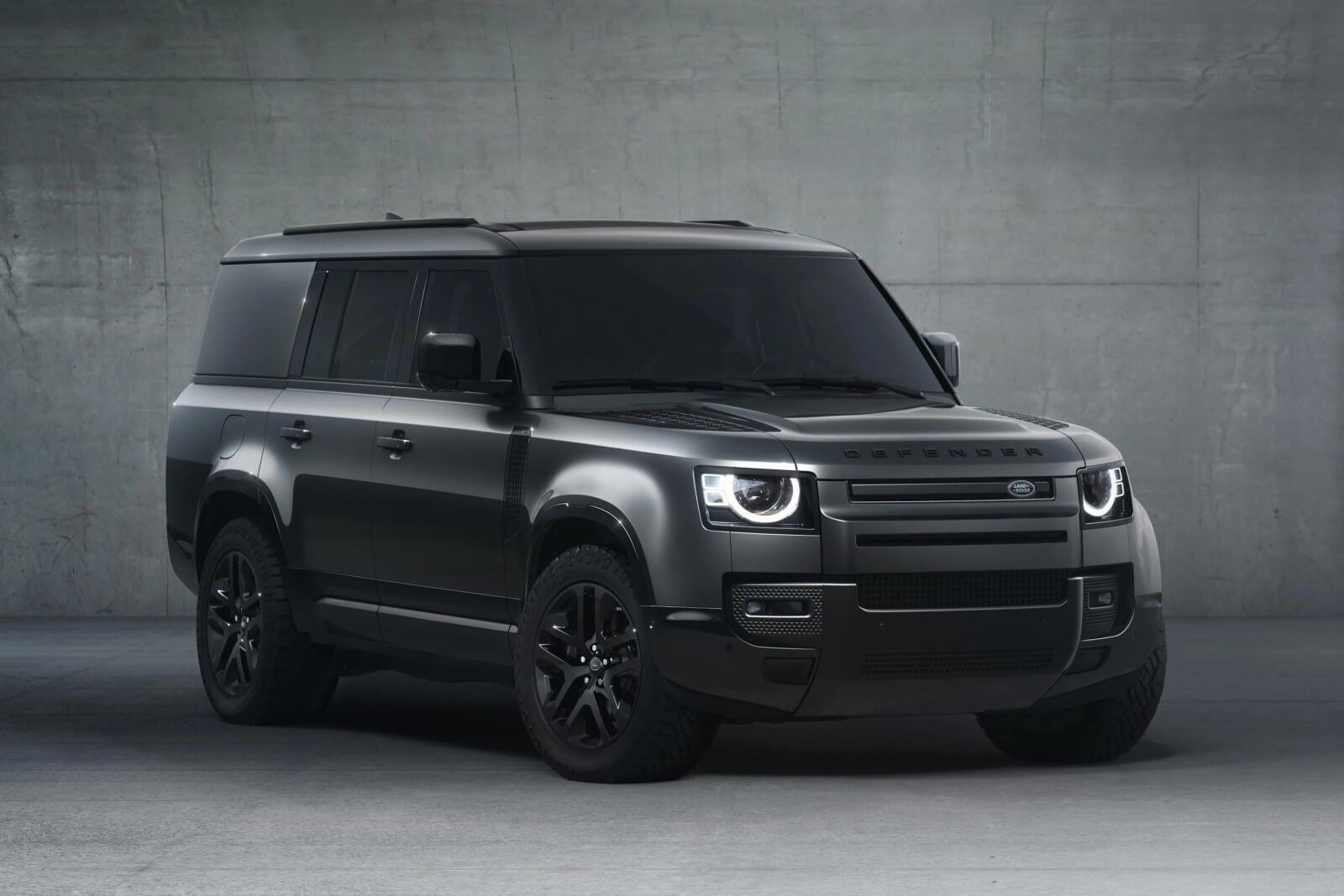China's affordable plug-in hybrid SUV exhibits a few minor imperfections that can be easily addressed, but it undeniably excels in several key aspects, with exceptional value for money being its standout feature. While there may be some room for improve
Pros
- Impressive electric range
- Roomy interior
- Most affordable PHEV in Australia
- Standardized safety features
Cons
- Outdated infotainment system
- High petrol consumption with depleted battery
- Simplistic PHEV drive modes
- Mediocre ride comfort
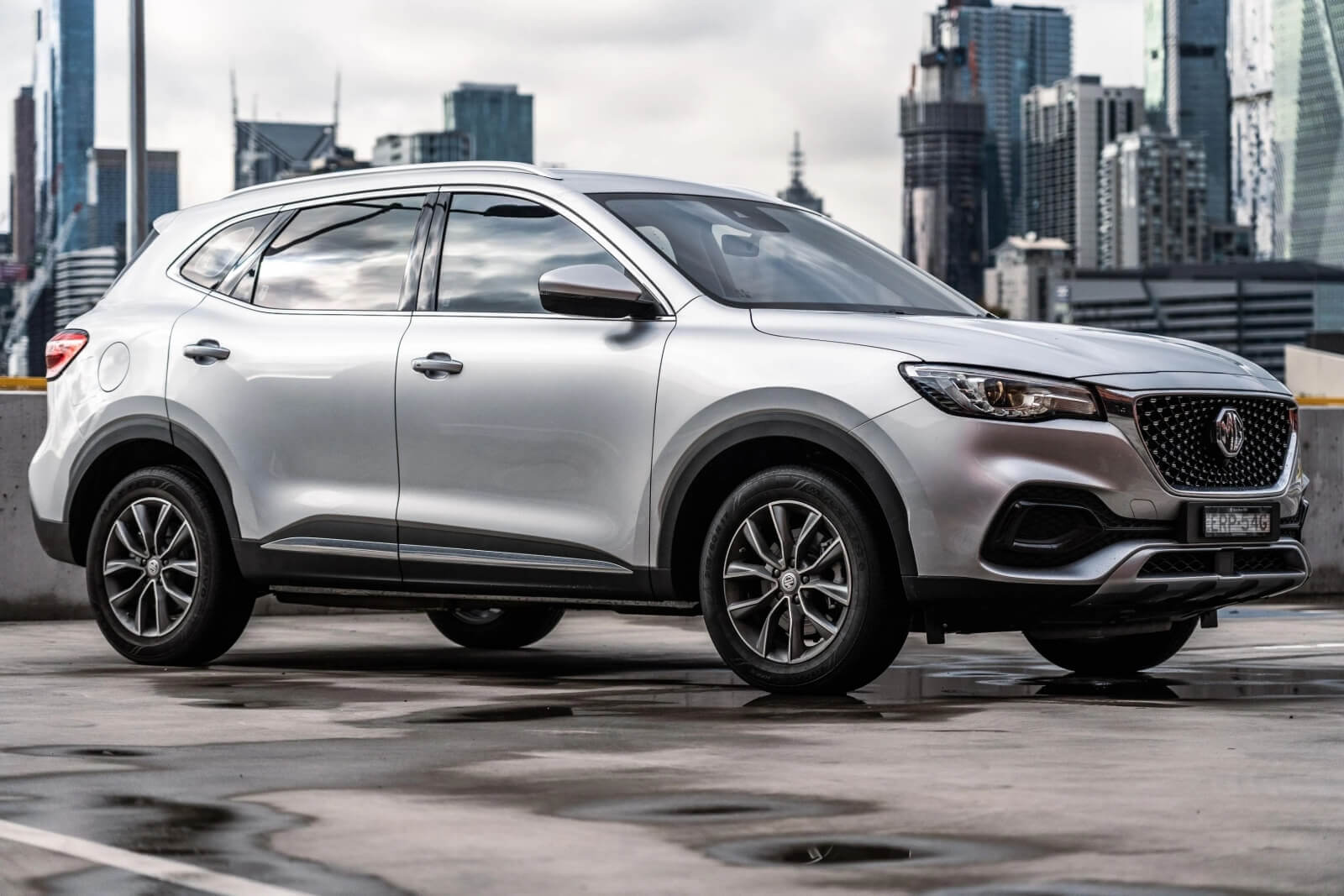
What are the prices for the MG HS Plus EV?
2023 MG HS Full Range Pricing
2023 MG HS Vibe 1.5T: $32,990
2023 MG HS Excite 1.5T: $35,990
2023 MG HS Excite X 2.0T: $38,990
2023 MG HS Essence 1.5T: $39,990
2023 MG HS Essence Anfield 1.5T: $41,690
2023 MG HS Essence X 2.0T: $43,990
2023 MG HS Plus EV Excite: $49,690
2023 MG HS Plus EV Essence: $53,690
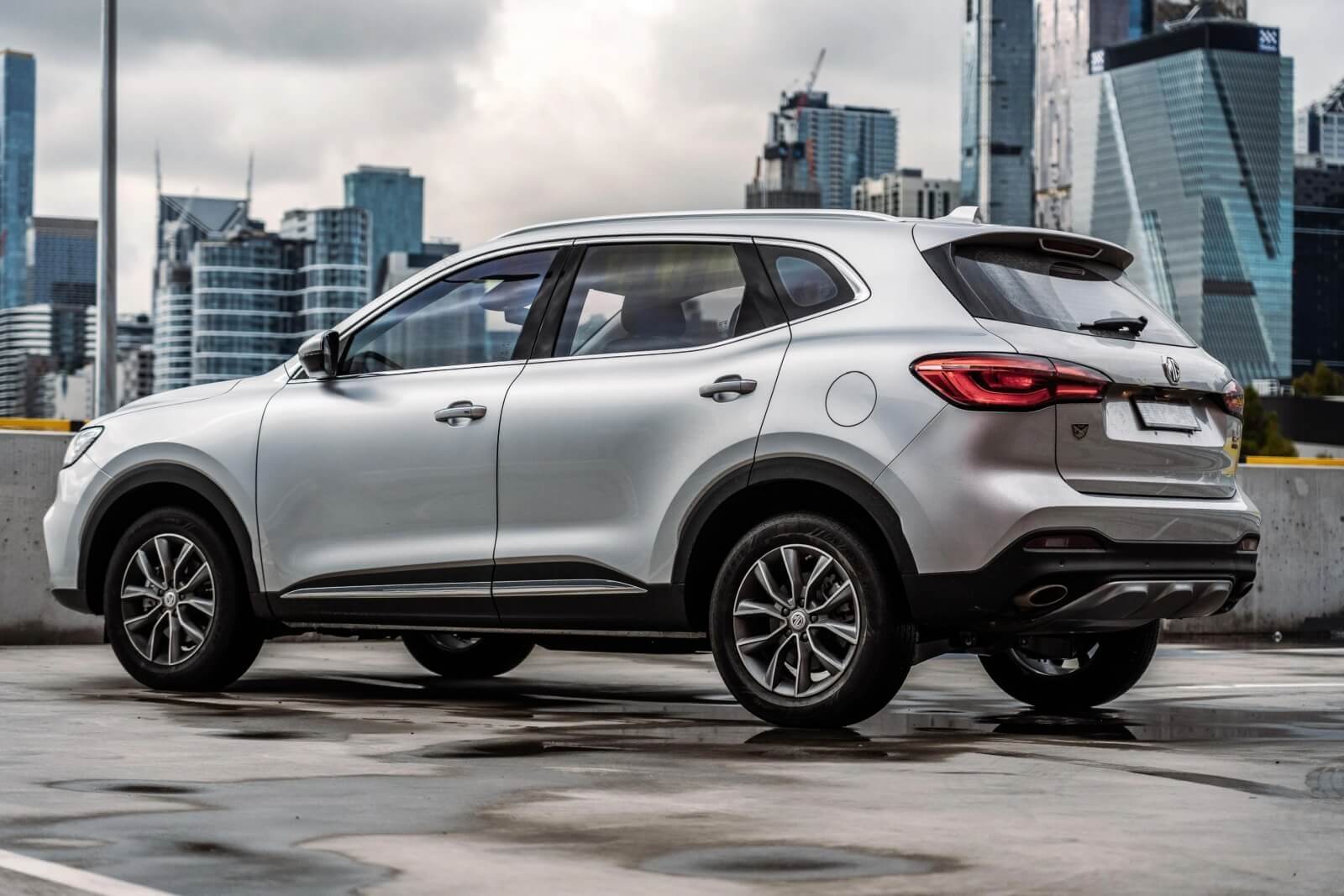
The 2022 MG HS Plus EV Excite is priced from $49,690 drive-away – up $2700 since launch earlier last year. That’s $4000 less than the Plus EV Essence.
It’s nearly $13,700 more expensive than the equivalent petrol-powered HS Excite, and $5700 more expensive than the range-topping Essence X petrol.
Prices are drive away.
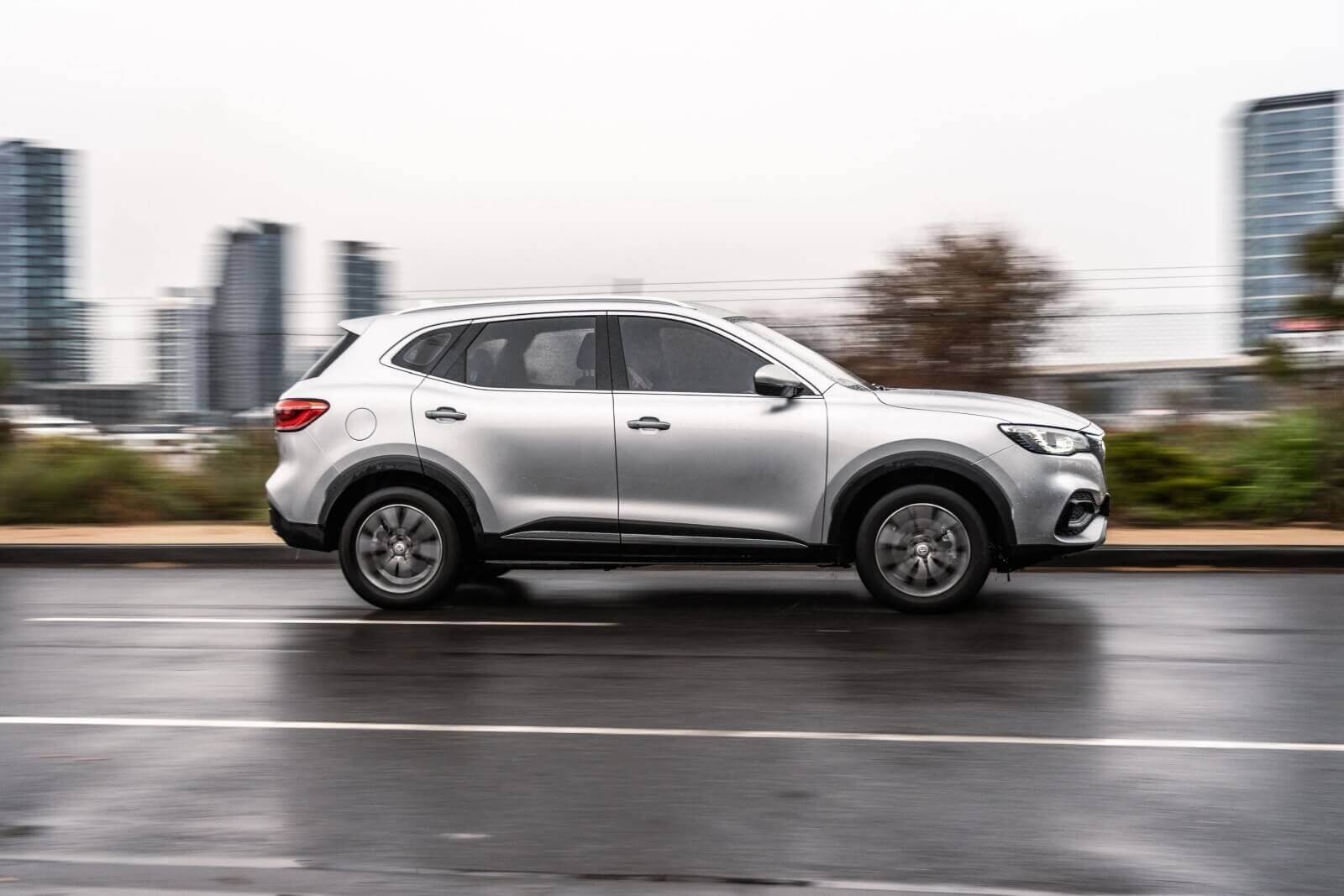
What’s under the bonnet?
The MG HS Plus EV combines a robust 1.5-litre turbocharged petrol engine, delivering 119kW/250Nm, and a seven-speed automatic transmission, with an electric motor yielding 90kW/230Nm. The electric motor is fueled by a 16.6kWh battery.
At its peak, the system puts out a substantial 189kW power and 370Nm torque, making it one of the most potent medium SUVs on the market. It boasts a 0-100km/h acceleration time of 6.9 seconds.
MG suggests a 63km pure-electric range, although practical experience indicates you'll likely get around 55km. You can operate the vehicle even if the lithium-ion battery is fully drained, but it's the least energy-efficient way to drive a PHEV.
The company states a combined fuel economy of 1.7L/100km. However, as with all plug-in hybrids, this figure doesn't necessarily reflect real-world consumption. We achieved that figure on an 80km drive cycle with a fully charged battery. Without any battery power, the fuel economy was around 7.0L/100km, as the car defaults to a drive mode resembling Toyota hybrids.
Charging the battery using a 7kW home wall box will require approximately five hours, whereas using a standard three-pin wall plug will take about nine hours. If you lack home or workplace charging capabilities, a PHEV might not be the best choice for you.
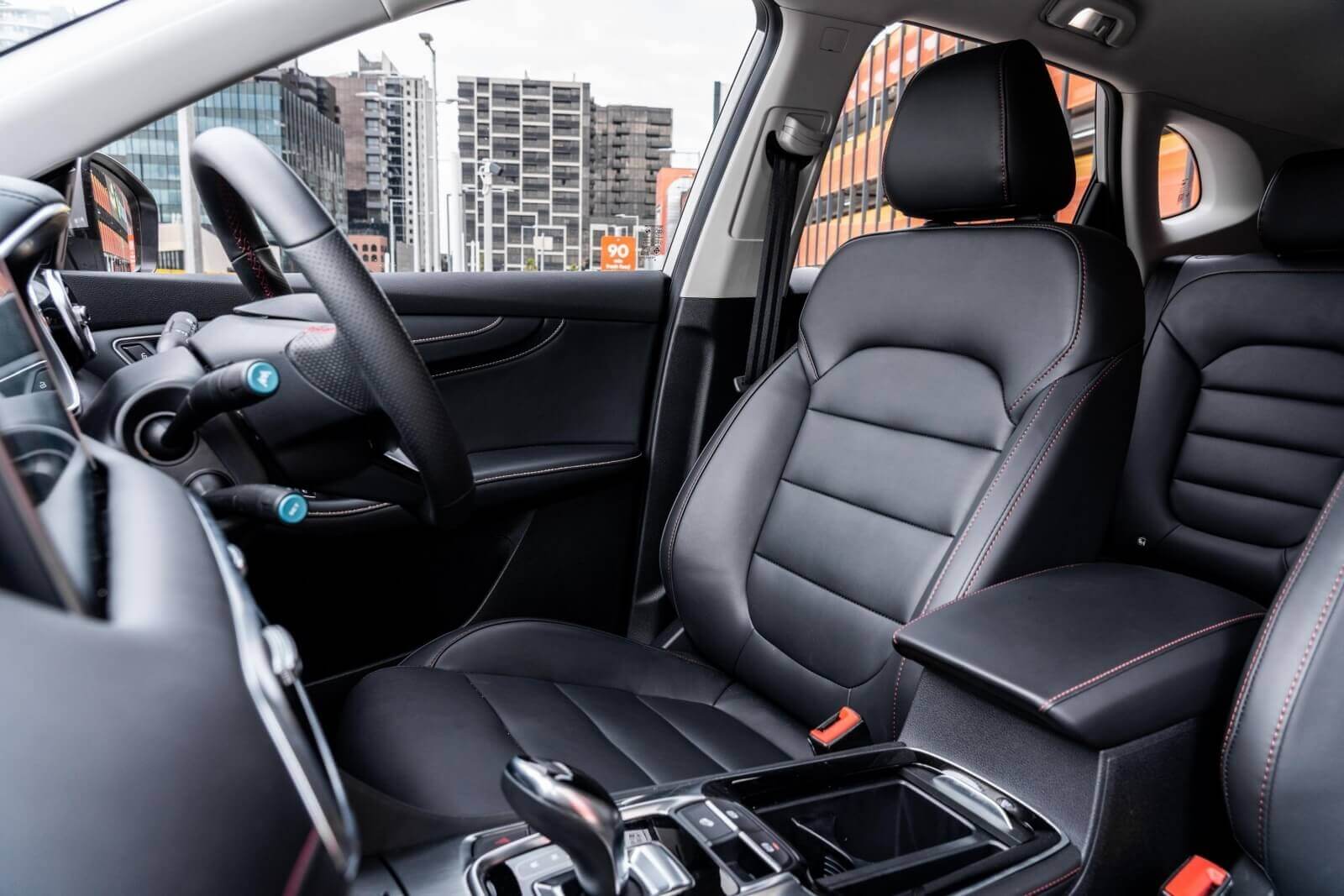
How does the MG HS Plus EV like to drive?
The driving experience of the MG HS Plus EV greatly hinges on the battery's charge level. When fully charged, this SUV delivers lively acceleration. However, when the battery is drained, it relies heavily on petrol, leading to slower acceleration.
With the HS Plus EV Essence, the vehicle could be switched to EV Mode, allowing the petrol engine to kick in only when the lithium-ion battery was completely drained or when the driver required full power. But with the HS Excite model, despite having the same EV Mode button, the petrol engine was not easily sidelined due to cool weather conditions. This is because the HS Plus EV uses heat from the internal combustion engine to warm the car's interior.
Operating in EV mode, the HS Plus EV delivers an impressive electric vehicle performance. It offers brisk acceleration from a standstill and can reach highway speeds, as long as the 16.6kWh battery has sufficient charge. The claimed 63km electric range is achievable, but realistically, you should expect around 50km to 55km. The vehicle doesn't support one-pedal driving but does offer brake regeneration when the accelerator is released in EV mode.

The HS Plus EV uses a conventional torque-converter automatic transmission, assigning six gears to the petrol engine and the remaining four to the electric motor. While MG Australia's website states this setup provides a seamless switch between electric and petrol power, it can be noticeable when the gears transition from electric to petrol.
With a full battery, the HS PHEV provides an enjoyable drive, with the electric motor compensating for the engine's limitations. But the vehicle's operations are quite transparent. Despite this, most drivers likely won't notice the changeovers.
It's worth mentioning that the petrol engine will start up even if 'EV Mode' is selected during a cold start. This seems to allow the electric drivetrain components to reach operating temperature but can momentarily disrupt the quiet electric driving experience.
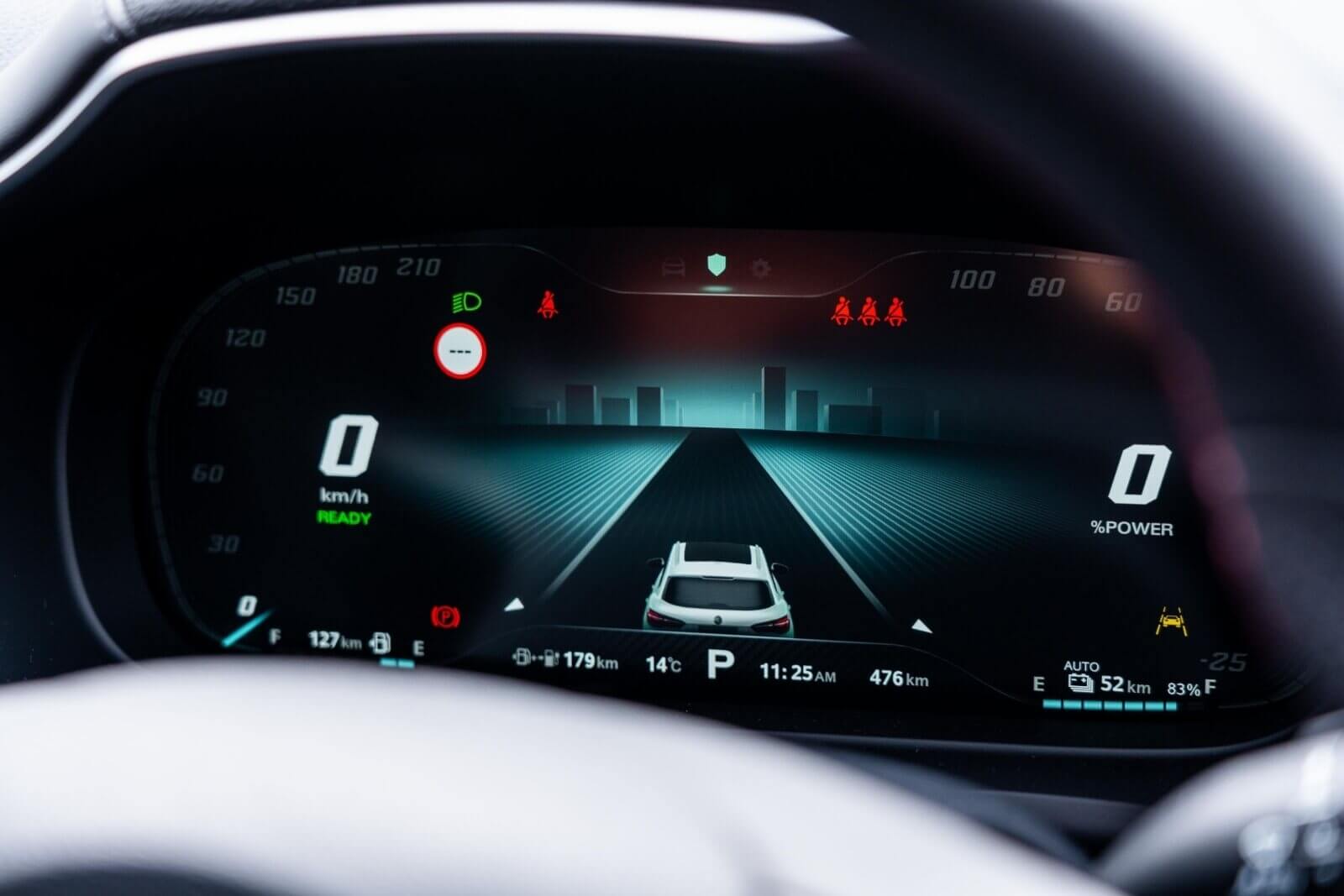
As for performance, MG states that the HS Plus EV can reach 100km/h from a standstill in just 6.9 seconds. It's quite lively and can easily spin the front wheels and torque steer off the line.
In regular driving conditions, where performance isn't a priority, it was confusing why the HS would opt for petrol power over battery. Activating EV mode was one solution, but it seemed counterintuitive for the vehicle to default to the engine in hybrid mode, given its purpose is to conserve fuel.
In terms of ride quality, the HS Plus EV provides a satisfactory experience. It generally offers a comfortable ride, but less than ideal road conditions can expose the shortcomings of the HS's suspension system, particularly over speed bumps and potholes.
The HS Plus EV's cornering capabilities are adequate for a family SUV. It handles the road well for its 1775kg size, though it does little to mitigate body roll. The steering feels somewhat sluggish, which could be a downside for some drivers.

What is the MG HS Plus EV like on the inside?
While the HS Excite does not feature the premium leather sports seats and panoramic sunroof that the top-tier Essence boasts, its cabin is by no means sparse.
The HS Plus EV equips a 12.3-inch digital cluster and a 10.1-inch infotainment screen at the center of the dashboard. Both Apple CarPlay and Android Auto are standard features, though drivers will need to connect their phones physically.
To maximize the infotainment system, I recommend using one of the mirroring options, as the default MG system feels outdated. The touch functions respond slowly, and the built-in navigation is quite rudimentary. The air conditioning controls are integrated into the touchscreen, making them less responsive than traditional knobs or buttons.
Without a volume dial, drivers can use the buttons on the steering wheel or beneath the infotainment screen, but both options are unsatisfying and laggy.

The absence of a sunroof in the HS Excite actually improves front headroom compared to the pricier HS Essence.
Though the cabin isn't flashy, it's well-equipped. The materials that are most often touched are soft, but there are some hard and scratch-prone materials in the lower sections.
Storage solutions include a thin phone holder by the cupholders on the transmission tunnel and a cushioned storage space with two USB-A ports and an AUX plug. Additionally, there's an underarm storage bin, a sunglass holder on the roof, and a roomy glovebox.
The HS's rear seats are commendable. Despite being similar in size to a Mazda CX-5 or Toyota RAV4 on paper, its rear seating space is reminiscent of larger vehicles. There's ample legroom behind tall drivers and generous headroom for tall passengers.
Rear passengers have access to two USB ports, a center armrest with concealed cupholders, cushioned grab handles, and reading lights. ISOFIX points on the outer rear seats are supplemented with three top-tether points for child seats.
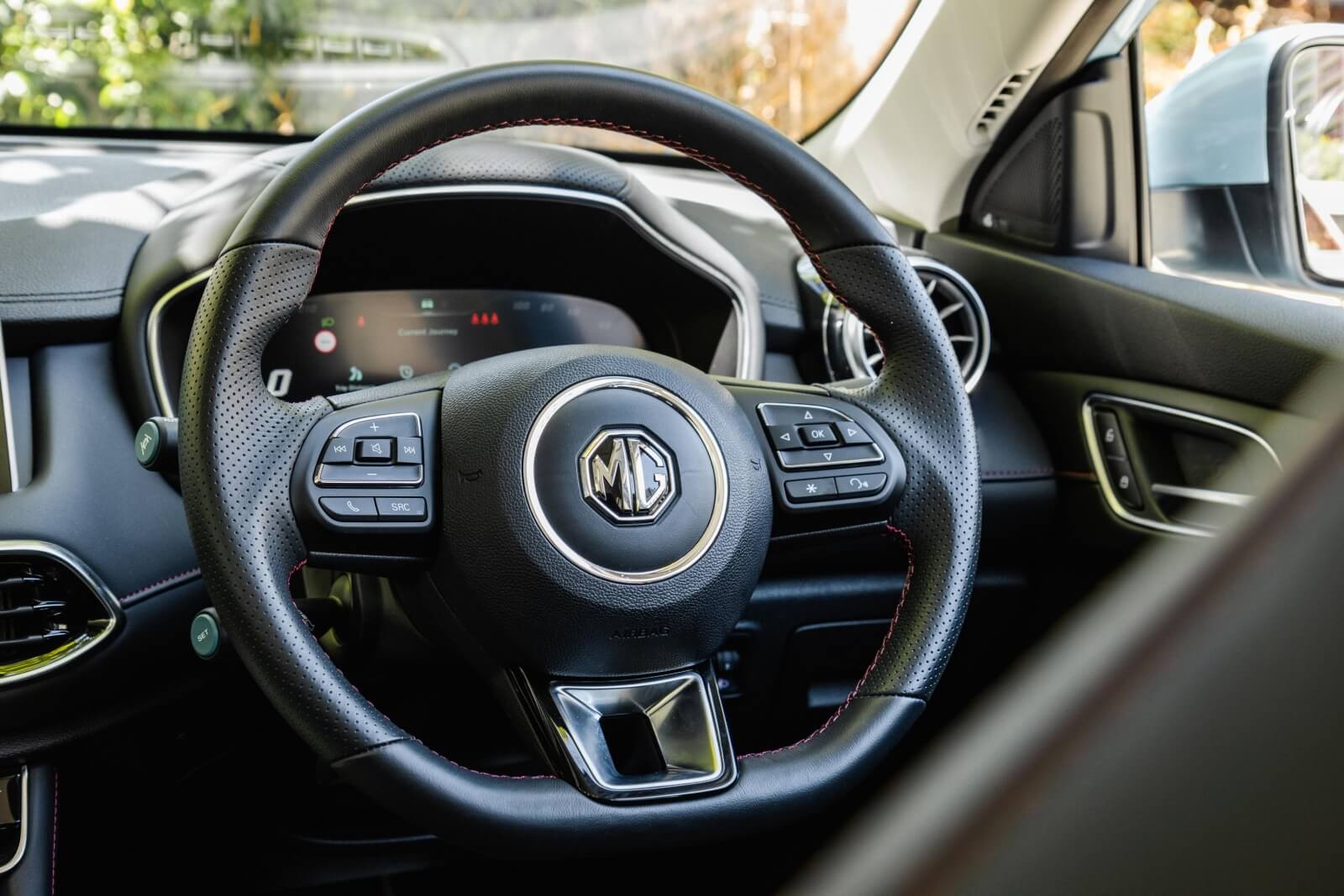
The space is well-designed for parents who need to transport children or tall teenagers but don't want to navigate a massive vehicle through the city.
The unpowered tailgate reveals a boot space of 451 liters with the second row in place, which expands to 1275 liters with the rear seats folded down.
Though the lack of a powered tailgate may disappoint some owners, it's worth noting that the electric unit on the more expensive HS Essence is sluggish and clunky.
The lithium-ion battery and hybrid components preclude a spare wheel beneath the boot floor, but MG does provide a tire repair kit.
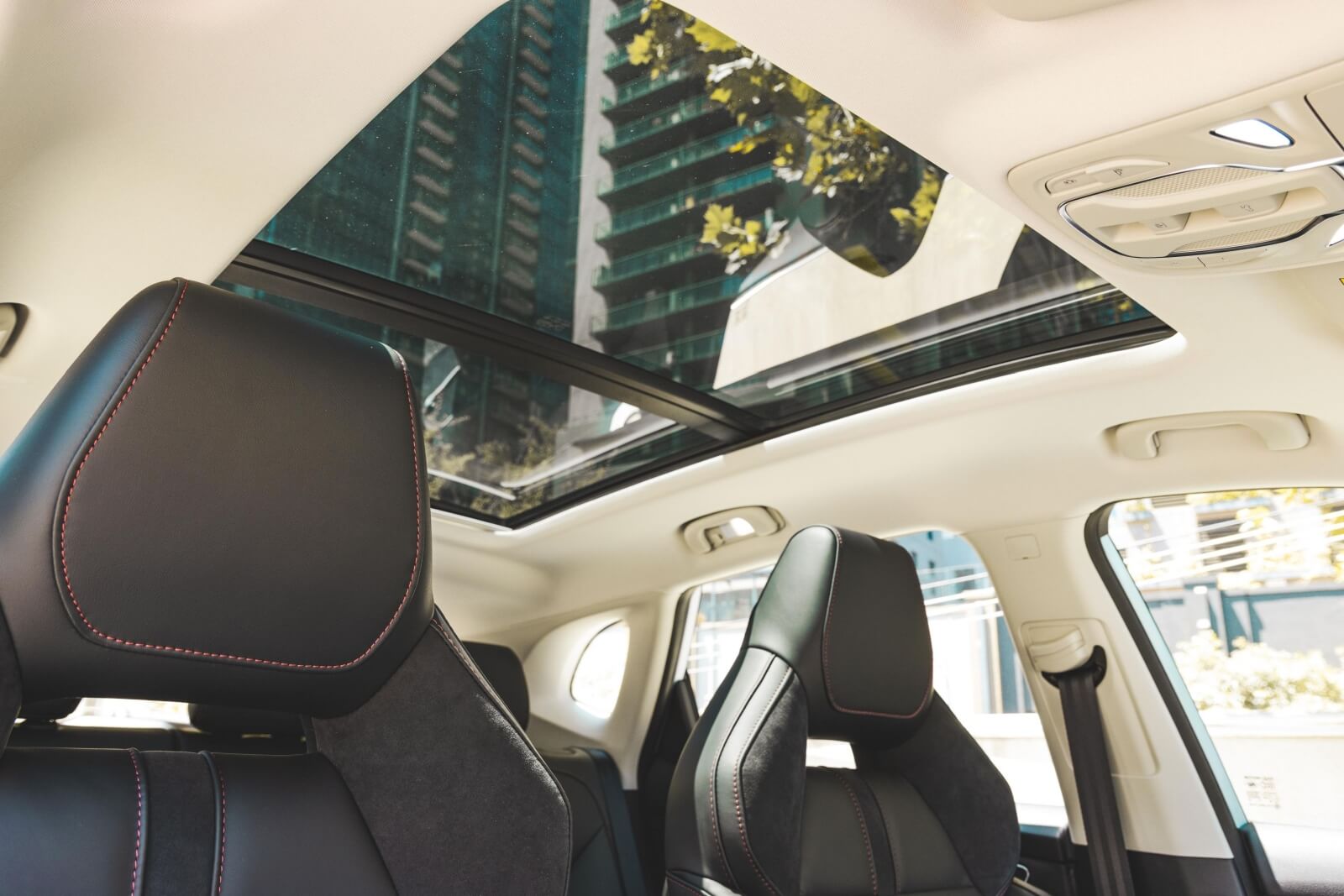
Is the MG HS Plus EV safe?
Despite the petrol versions of the MG HS receiving a top five-star ANCAP crash rating (2019 date stamp), the PHEV range has yet to be rated.
Standard safety features include:
Autonomous emergency braking – forward
Forward collision warning
Lane departure warning
Lane-keep assist
Adaptive cruise control
Blind-spot monitoring
Rear cross-traffic alert
Dual front, front-side, two-row curtain airbags

How much does the MG HS Plus EV cost to run?
The MG HS is backed by a seven-year, unlimited-kilometre warranty. It also comes with seven years of free roadside assist.
Maintenance is required every 12 months or 10,000km, and is backed by a capped-price service plan.
The first seven services cost:
12 months/10,000km: $265
24 months/20,000km: $373
36 months/30,000km: $265
48 months/40,000km: $421
60 months/50,000km: $265
72 months/60,000km: $968
84 months/70,000km: $265
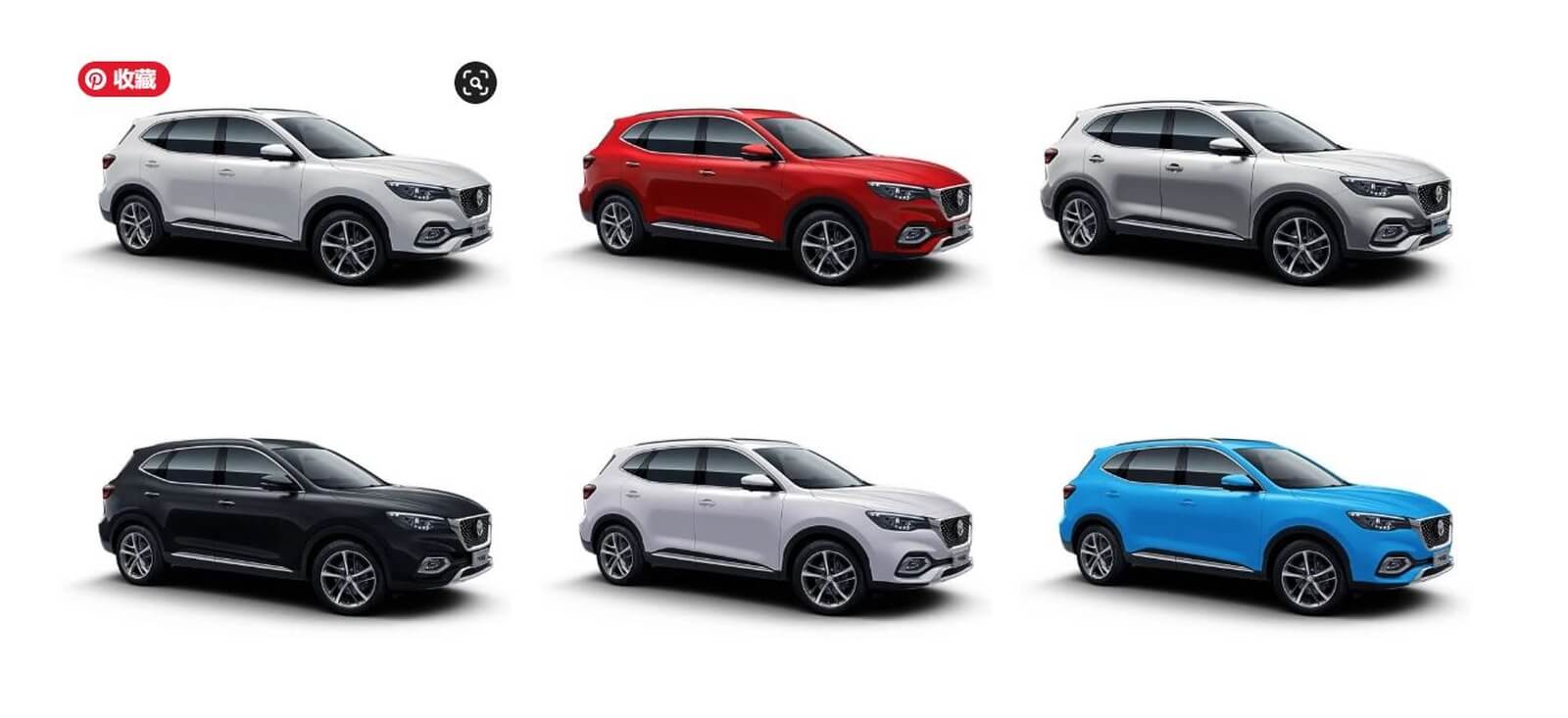
Yeecar’s Take on the MG HS Plus EV
Overall, Australia's most affordable PHEV SUV has a lot to offer, though it does fall short in a few key aspects.
The impressive electric range of 63km stands out, and if owners manage to keep the HS Plus EV charged overnight, it can serve as a highly economical, family-friendly SUV.
Relying too heavily on petrol isn't ideal due to its comparatively high consumption for a hybrid. However, the ability to extend driving range using petrol in addition to electricity is a major advantage of a PHEV.
Although the stylish interior has some excellent features, they are somewhat offset by an infotainment system that could use some upgrading. Yet, this issue can be mitigated by utilizing some form of phone mirroring.
For those considering a transition to electric vehicles, but still want the reassurance of a petrol engine, the HS Plus EV presents a solid option at an incredibly reasonable price. However, it comes with its own set of quirks that one has to get used to.
With a few tweaks to the infotainment system and a slightly more competitive pricing strategy compared to its larger sibling, it has the potential to be even more compelling.

